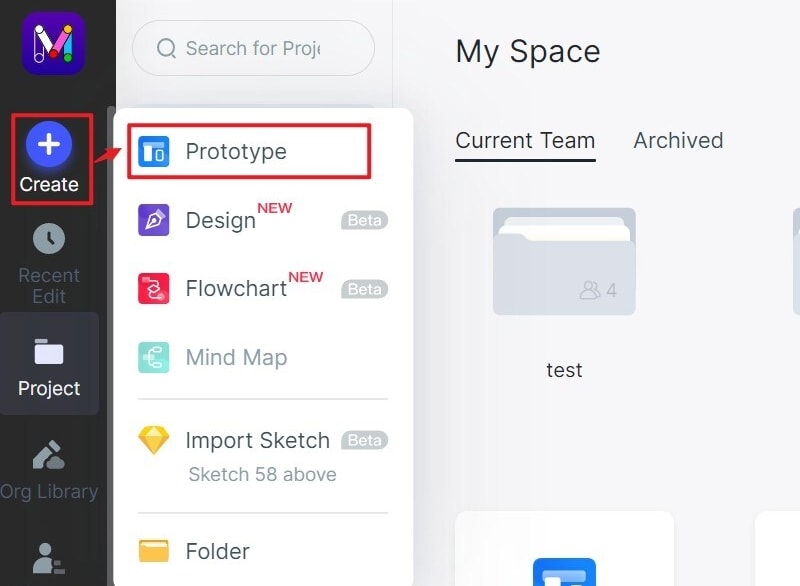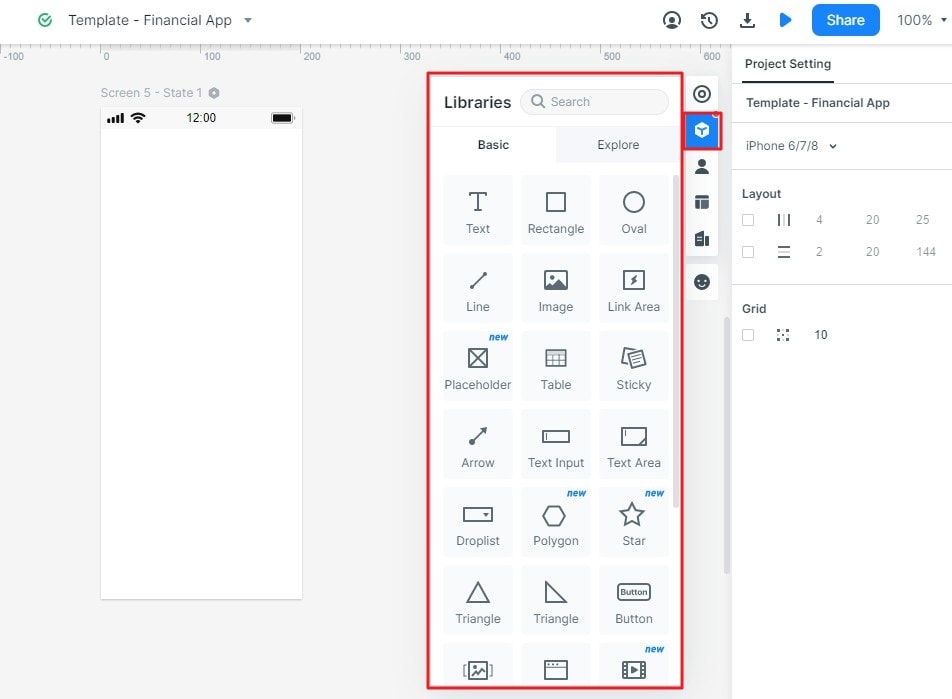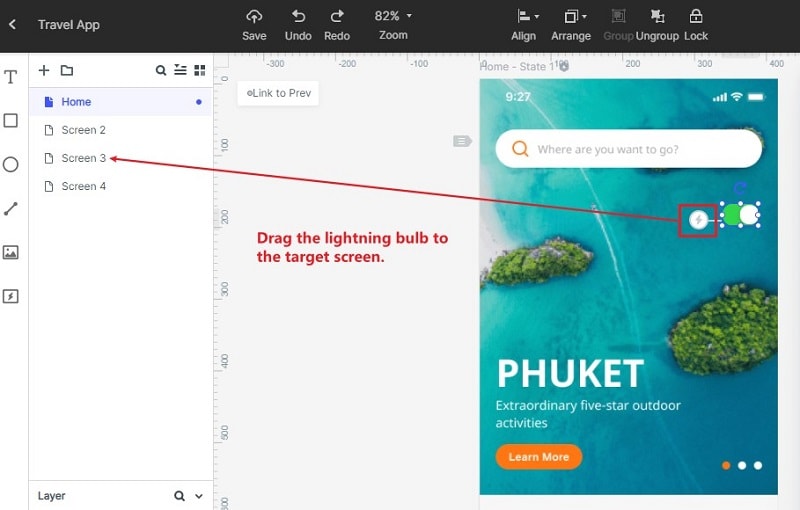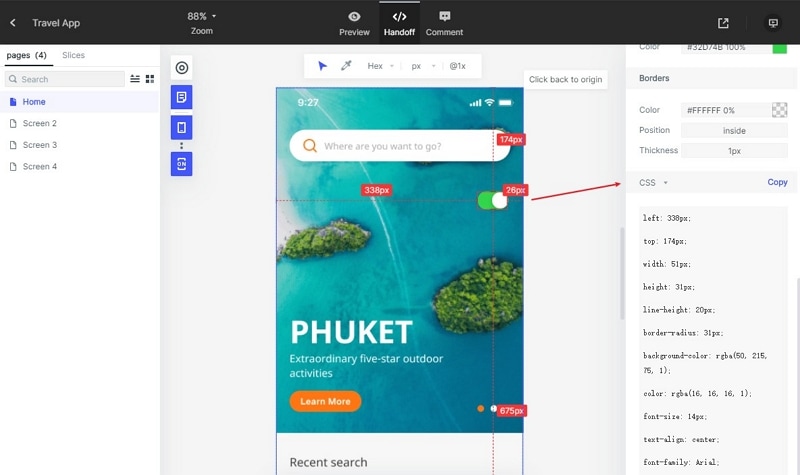What is Usability Testing and The Common Methods
If you are a software, website, or mobile designer, you probably understand how important it is to conduct successful usability testing. Many people out there are still in the dark regarding what exactly usability testing is all about. Usability testing isn't something new in the product design industry. It is the backbone of the successful design and development of a product. Whether it is a website or just any software, usability testing is indispensable. This article shall elaborate on what usability testing is and several other related concepts to help you design your products successfully.
- Part 1. What is Usability testing
- Part 2. Usability testing methods
- Part 3. The Best Tool to Test Usability of Your UX Design
- Part 4. Tips about Mobile, Website and Software Usability testing
What is Usability testing
Usability testing as the name suggests, is a way of testing a product with its real users. It aims at testing the ease of using a product, flexibility, and ability to meet its objectives. It is often referred to as User Experience testing because the test seeks to evaluate the users' experience with the product. This process is usually conducted on a select group of users. They are asked to perform some tasks on the software/product as a researcher is observing them. The researcher sees whether they experience problems or confusions, and respective recommendations will be made to avert the problems, if any.
Parameters used to evaluate Usability testing
- The level of skill required to learn or use the product. A balance for both amateurs and experts is often desirable.
- The time required to get used and confidently operate the product/software.
- Users' attitude towards the product.
- The measure of system accuracy and effectiveness.
- User-friendliness.
Advantages of Usability testing
- The chances of product failure are minimized because flaws can be corrected before deployment.
- It resolves internal debates because users react to the diverse options on the table.
- Direct feedback from the end-user helps the project team to focus on the project.
Usability testing Process
- Planning- In this stage, you need to outline the crucial functionalities and objectives of your system. Having volunteers alone isn't enough. You should spell out the testing method, size and distribution of usability testers, and test report format, among others.
- Recruiting- This stage is all about finding the right size and group of testers. These testers should be drawn from diverse demographic and professional profiles for better test results.
- Testing- the usability tests are administered to the selected testers.
- Data Analysis- Data from the usability tests is analyzed. The meaningful inference is drawn, and recommendations that improve product usability are forwarded.
- Reporting- The usability tests' findings are forwarded to various stakeholders like designers, developers, senior company personnel, and clients, among others.
Usability testing methods
Any industry that seeks to provide a great user experience to its users never undermines usability testing. Over the years, researchers have come up with plausible usability testing methods. The popularity and effectiveness of these methods vary depending on target audiences, time, money, and the research's objective. Therefore, you ought to factor in such parameters before diving into just any method. The following are some of the commonly used usability testing methods.
1. Guerilla Testing
This is one of the simplest and inexpensive usability testing methods. It involves going into a public place and randomly selecting people to ask about your prototype. Users are asked to do a small quick usability test because testers would often not give you much time. It is not uncommon to reward the tester with a small gift such as a cup of tea, a snack, or simply any suitable low-cost gift. Guerilla testing is suitable in the infancy of the product development process to get a clue of whether you are moving in the right direction or not. If you are also looking for personal opinions and emotional impressions, then guerilla will work for you. Since the guerilla method involves random testers, you might not hit on the target audiences. It is thus unsuitable for testing products that require specific skills.
2. Laboratory Usability testing
As the name implies, laboratory usability testing is carried out in a special environment, otherwise called a laboratory. The selected testers are given the test in the lab and moderator by a professional moderator. He/she facilitates the tests, answer user questions, and reply to their feedback in real-time. The moderator aims to get feedback from live participants. This method is ideal if you want to get more information regarding how users interact with your program. You can easily investigate the reason behind certain user behavior because you have more time with them. Because this method requires a trained moderator, a laboratory, and the hire of test participants, it can prove expensive. If you go this route, make sure the participants represent your actual customer base.
The Best Tool to Test Usability of Your UX Design
Wondershare Mockitt is an excellent platform to create interactive prototypes and collaborate with team members. It is equipped with plenty of design resources that make it super fast and easy to complete a prototype. This light-weight online tool has an intuitive interface, and thus users find it easy to navigate. Some of the main features include:
- Huge collection of design resources such as templates, icons, screens, and components.
- Share, comment, and co-edit with colleagues in real-time.
- Users can trace up to the last ten records of the same project.
- Cloud-based prototyping and you can edit your project anywhere on any browser.
- The interface is very intuitive and you can master this tool quickly without lots of efforts.

How to Create an Interactive Prototype
Step 1. Create a Project
Login to Mockit using your credentials. On the homepage, click the "Personal Space" tab followed by the "Create" button. Select "Project" to access the "Create New Project" dialog box from the options given. Provide a suitable name for your project and choose the target device. Now click "Create" to enter the design page.

Step 2. Add Widgets
In this window, head to the "Widget" section and select the categories of widgets you want to add to your design. Select a widget and drag it into the current screen/canvas. To add another screen, just click the "+ Add Screen" button. Also, add the desired widgets and components to respective screens as dictated by your design.

Step 3. Create Interactions
To link an object to a screen, you ought to create interactions. Click the target component on the canvas/screen and drag the arrow that appears to the destination screen. You should see a connecting line between the object and the screen. Do this for all the other components and screens that you want to link.

Step 4. Preview
With the design now complete, click the "Preview" tab and interact with your prototype accordingly.

Step 5. Hand Over to Developers
If satisfied with your prototype, you can proceed to hand it over to developers. Hit the "Handoff" button and then copy the code under the CSS tab.

Tips about Mobile, Website and Software Usability testing
Carrying out successful usability testing is not a walk in the park. You need to pay utmost consideration to plenty of factors to avoid backfiring. If you don't do things right, perhaps you might waste lots of resources and time. To avert this, you need to learn some useful tips about mobile, website, and software usability testing, as highlighted below.
- Choose the appropriate group of testers to participate in the usability test. The group of testers should reflect your target consumers/customers to obtain more accurate feedback. The wrong click of testers will likely give you false feedback that would not improve the software accordingly.
- Try to conduct usability testing on your competitor's product so that you can get a rough taste of your customers.
- Select the right usability testing method. Consider factors like cost, target audiences, and objectives when selecting the right method. Don't spend your resources on an inappropriate method.
- Begin testing during the early phases of design and development.

